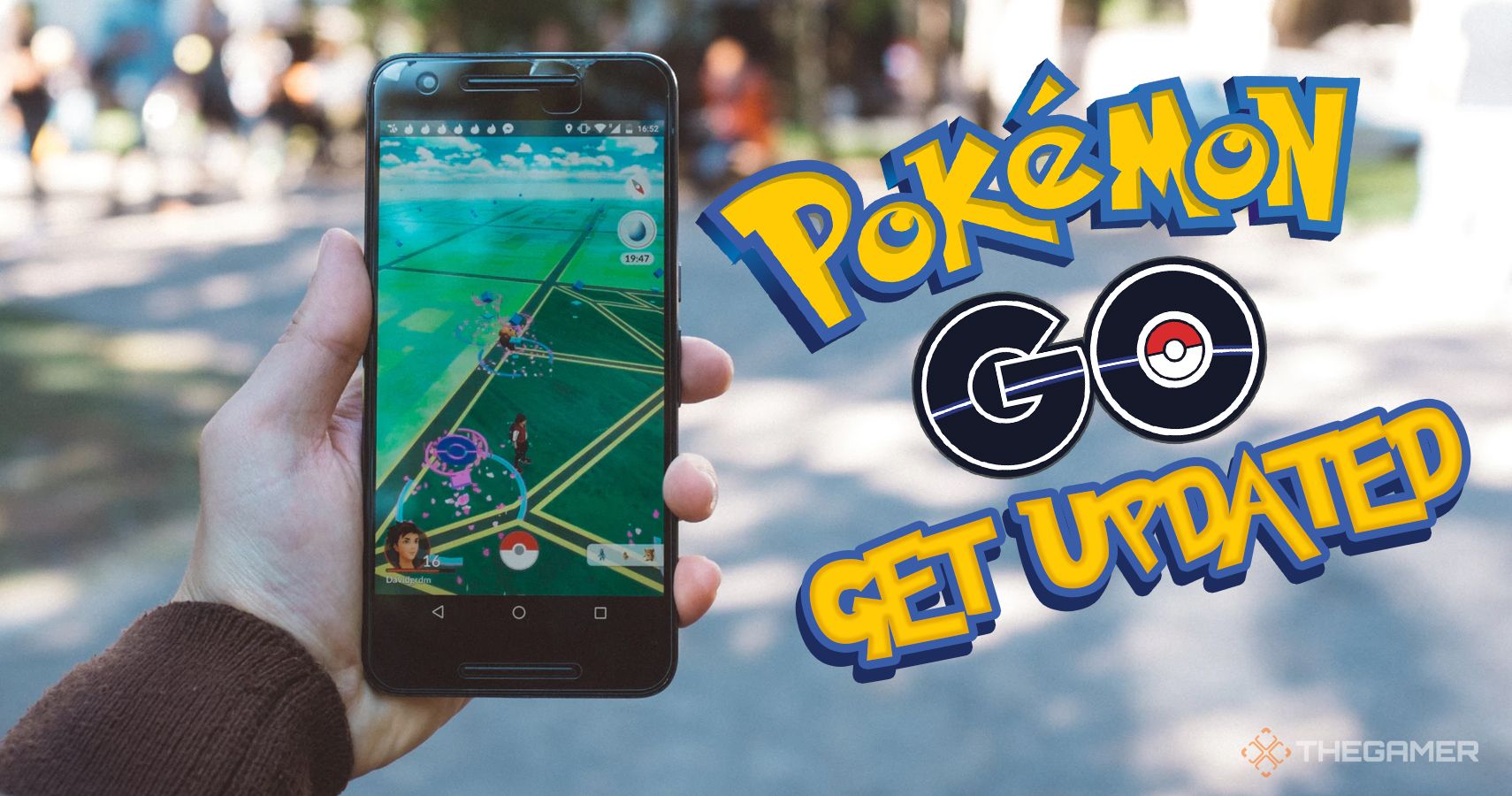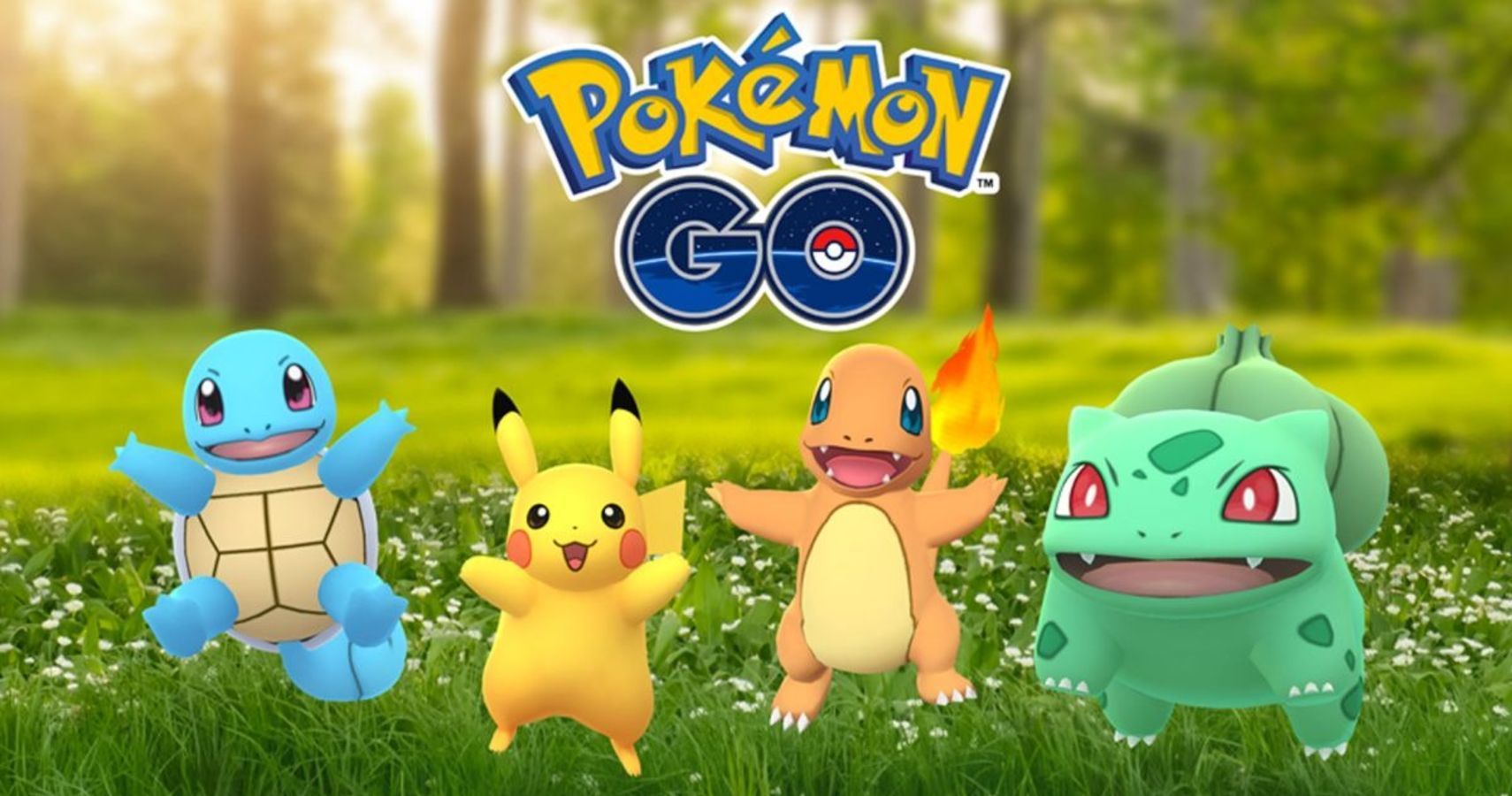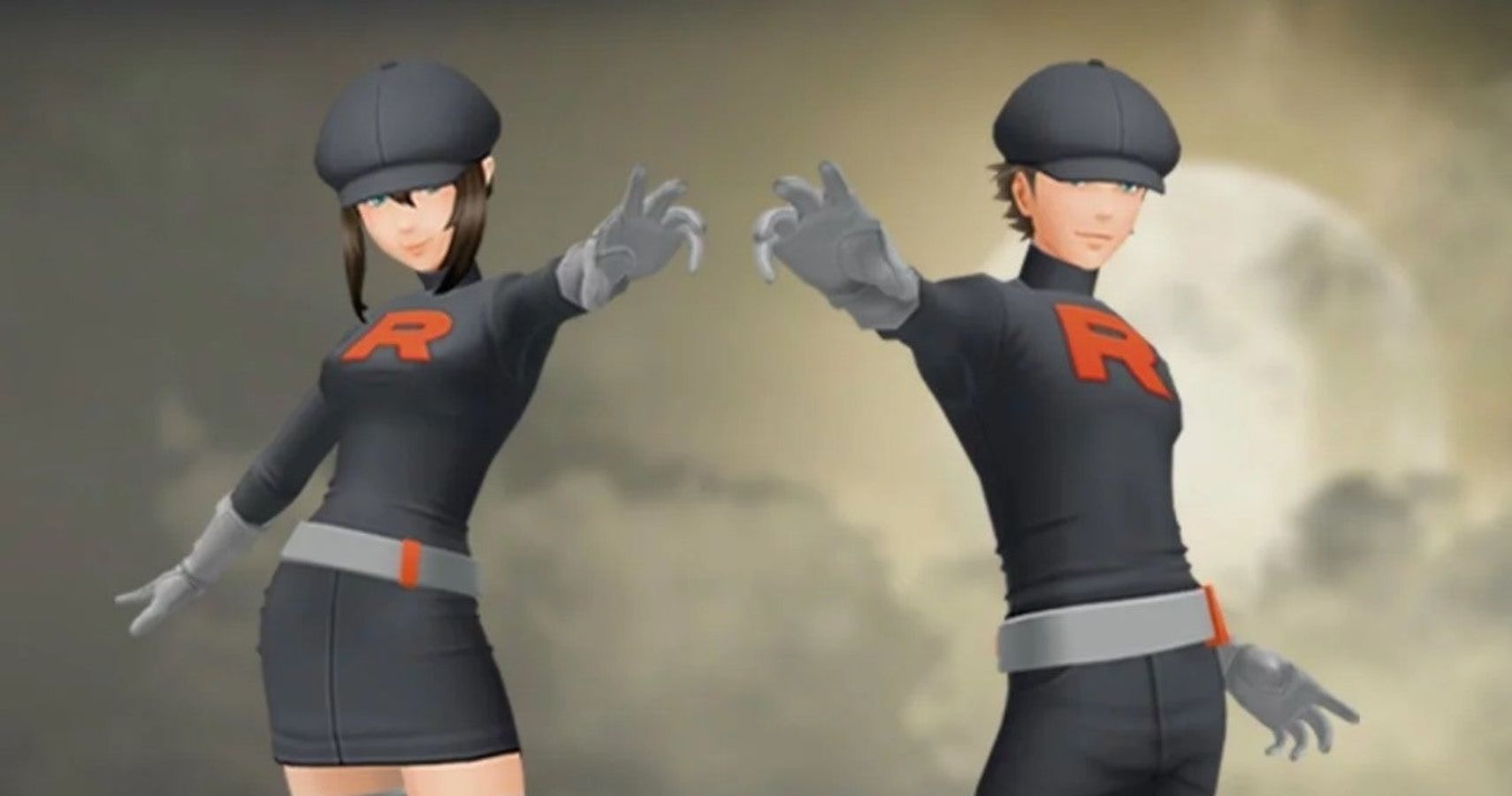Pokemon Go has been out for close to five years now, and in that time it has received some considerable updates. Sure, there are more Pokemon now with the rollout currently in the thick of Gen 6, but the additions haven’t just been confined to “needs more Miltank” - the game has improved massively since the simplistic breakout hit it was in 2016. Raid battles have been added and built upon several times, Team Rocket has joined the mix, and Community Days have injected the game with freshness - even if they’ve started to lose all meaning. The UI is badly overdue for an update though, as the stale interface is sapping the enjoyment out of the great improvements Niantic has slowly but surely made to the game.
Pokemon as a franchise has always been built on battling. You start out in your hometown, battle through eight gym leaders, take on the Elite Four, and win. However much the game tried to push themes of friendship and marketed itself around a “gotta catch ‘em all!” slogan, the whole affair was about fighting. The rewards for high Friendship in the game were minimal, while the reward for catching ‘em all was virtually non-existent. It’s in battling that you earned your glory.
Pokemon Go, at least initially, was very different. There were no battles, you just had to go outside and catch Pokemon. Even that was very basic; these days, each Pokemon is identified by the stop they’re nearest, and any Pokemon yet to be caught will automatically appear at the top if they appear inside your current radius. Back at launch, distance was represented only by footprints, where one footprint meant close and three meant further away. If a three footprint Pokemon disappeared, you were never quite sure if it had despawned or if you had wandered too far. Thanks to initial teething problems placing enormous pressure on the servers, it frequently crashed or went offline - to alleviate some of the pressure, there was even a time when the footprints disappeared completely, leaving us fumbling around more in hope than expectation that we’d make it to the Growlithe outline before it disappeared. Here, remember when Growlithe were rare? We’ve all got about 500 Growlithe candy now and more Arcanine than we know what to do with.
Anyway, the point is, the game abandoned the typical battling mechanics of Pokemon, and while the navigation was a bit ropey, that meant that all of the complications were taken out. “Go here and chuck a ball at this blue turtle” is so obvious your gran could understand it. In fact, a load of them did, with Pokemon Go attracting players of all ages and experience. “Go here and battle this blue turtle but don’t use Pokemon weak to water and try to use moves with STAB and keep a Potion handy and make sure your party has good type coverage and…” is less obvious. Pokemon Go’s decision to lean into the collectathon nature of Pokemon was a huge factor in its success. Go wasn’t the first game to ditch battles, but it was the most successful. New Pokemon Snap also leaves the fighting behind, and as a result is able to push environmental storytelling forward in a way the base games have largely been unable to - I would know, since professional photographers officially designated me the best snapper on staff here, even if the scoreboard doesn’t reflect that.
As Pokemon Go evolved (eh?), this focus on collecting was aided by improved navigation mechanics and optional alerts for new Pokemon nearby. But at the same time, as the base became more committed to Pokemon as a franchise, battling could be introduced, albeit in a simplified way.
Currently, there are two types of battle - Raid Battles and Trainer Battles. Raid Battles involve you fighting a single Pokemon, and as many as 19 trainers can fight by your side. If you win, you each get some rewards and a chance to catch the Pokemon. Trainer Battles involve fighting another trainer. These may be NPCs from Team Rocket, your friends via an online link, or trainers from around the world in the competitive leagues.
Both battles work differently, but largely rely on the same simple foundations. Each Pokemon has two moves - a standard attack and a charged attack. You can change these attacks with TMs and can buy an additional charge attack slot, but it's much easier to understand than the four slots in regular Pokemon, the Physical/Special split, status moves, and learning moves via level up and evolution. There's enough room for strategising, but the average player can still win Raid Battles so long as they've got a decent sized group, and only a rudimentary knowledge of typing is needed for Team Rocket.
The problem is, while the catching system’s UI has been updated as the game has been improved, the battle system’s UI has not. Outside of battles, you can look at your Pokemon’s moves and check their stats in Attack, Defense, and HP in an intuitive 'marks out of 15' system. It's a quick and easy breakdown that is open to further analysis for the hardcore players and simple to digest for casuals. The problem is you can't see any of this information in the battle menu.
Whether it's a Trainer Battle or a Raid Battle, all you will see of your Pokemon is their CP, which is a vague amalgamation of how good they are, but not a particularly good way to measure it. You can't see any of their stats, and you can't even see their moves. Considering a lot of players will have multiple Tyranitars and Mewtwos and Machamps to use in different situations, the poor battle UI means it's a lucky dip which one you get. The only way around it is to name your Blastoise 'HydrC 13/14/14', but it's hard to fall in love with a Pokemon that looks like it belongs on a spreadsheet instead of a cool dude named Blasty. Battles weren't a core part of Pokemon Go when it launched, but almost five years in, they definitely are, and the game badly needs an update to reflect that.



